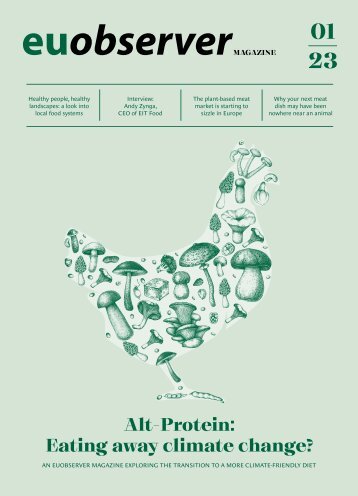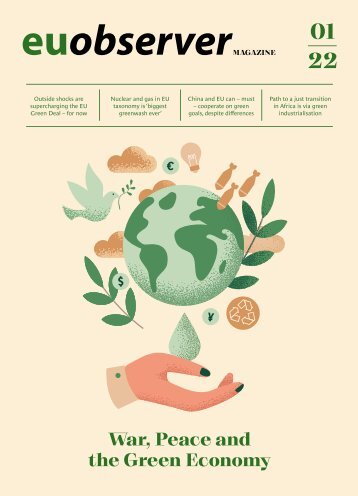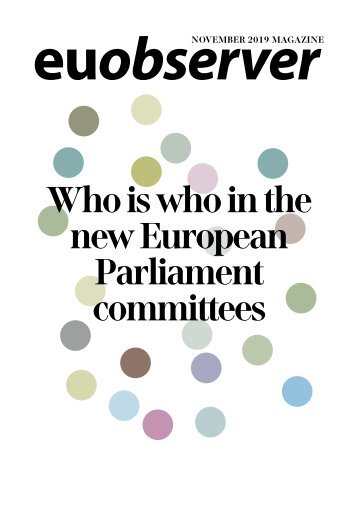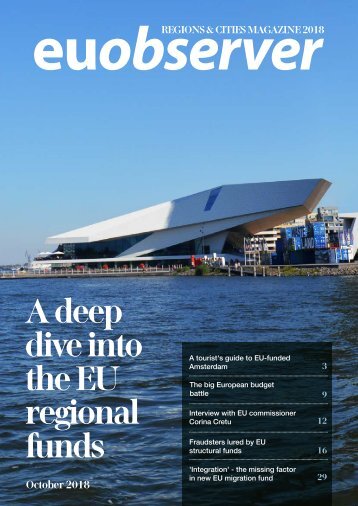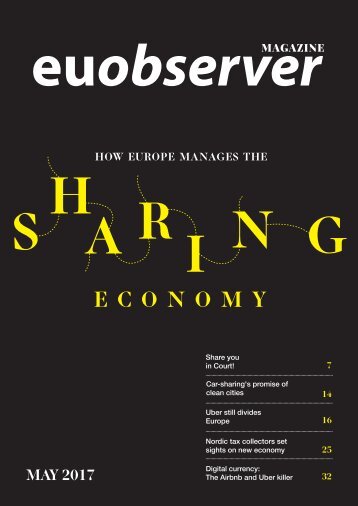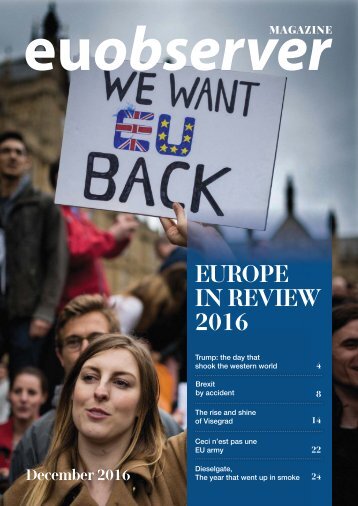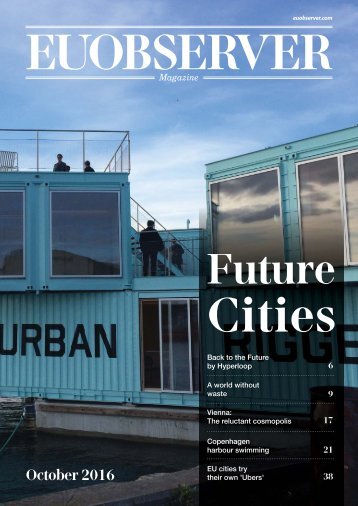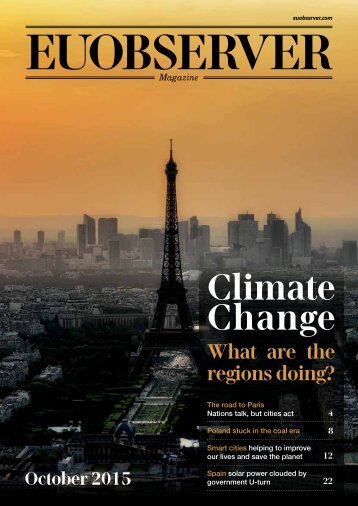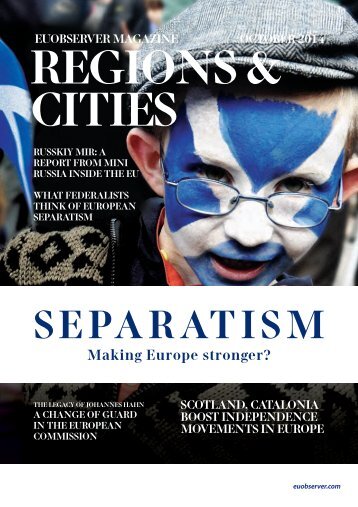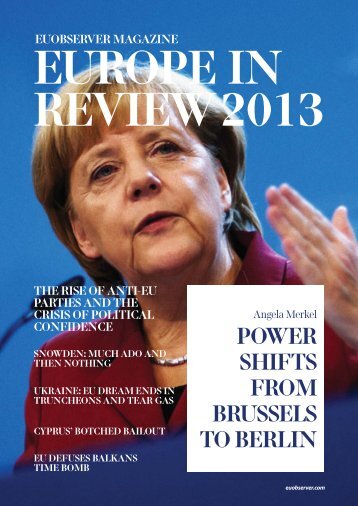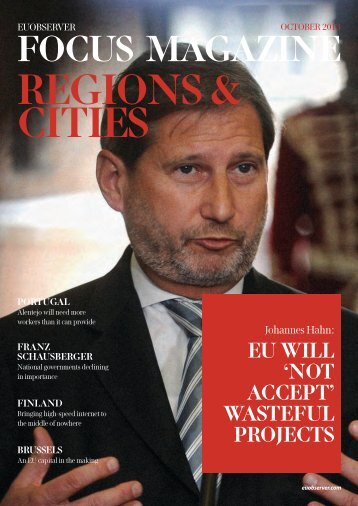War, Peace and the Green Economy
- Text
- Green economy
- Peace
- War
- Ukraine
- China
- Africa
- Europe
EUROPE’S GREEN PUSH
EUROPE’S GREEN PUSH GREEN ECONOMY Europe’s Fit for 55 & Extra Efforts Green Push Increase carbon removals to -310 million of tonnes CO 2 equivalent by 2030 Land Use, Land Use Change, Forestry Regulation Climate Social Fund Energy Efficiency Directive Public sector obliged to renovate 3% of its buildings * Renovation of 35 million buildings by 2030 Ban on the sale of new petrol and diesel cars from 2035* New CO 2 emissions standards for cars, vans Emissions trading for buildings and transport EU ETS (power, industry, maritime, aviation) Renewable Energy Directive At least 40% of EU’s overall energy mix coming from renewables by 2030 More than 130 countries have now set, or are considering, a target of reducing emissions to net zero by 2050. But only a dozen have passed legislation on net-zero targets. By ELENA SÁNCHEZ NICOLÁS Three billion trees planted across Europe by 2030 ReFuelEU Maritime Initiative EU Forest Strategy Alternative Fuels Regulation Effort Sharing Regulation ReFuelEU Aviation Initiative Energy Taxation Directive Carbon Border Adjustment Mechanism * Zero pollution by 2050 * Ending fossil-fuel subsidies by 2025 * Reduce by 50 percent the use and risk of chemical pesticides by 2030 * Free emission allowances for aviation gradual phase-out from 2026- 2036 (TBC) * Additional one million jobs by 2030 Historical responsibility Historic emissions of top polluters The EU is responsible for about 10-percent of emissions, but it has a greater degree of responsibility for the climate breakdown. As of 2015, the Global North was responsible for 92-percent of emissions, although China and India have caught up rapidly. This issue has become central to the equality and climate justice debate. Today, China is the world’s largest contributor to CO2 emissions. By reducing carbon emissions to a minimum, and offsetting the remaining emissions, with the help of natural or artificial carbon sinks (such as carbon removals and storage technologies), the EU aims to be climate-neutral by 2050. For this, it is key to build a new economic model that reduces emissions, addresses energy poverty, and reduces energy dependencies to improve people’s wellbeing. But EU climate action stands at the crossroads between domestic ambition and international cooperation, especially among G20 countries, which are responsible for about 80 percent of all global emissions. ◄ 40% 2018 30% 20% 10% 0% China United India EU Russia Indonesia Brazil Japan Iran South Others States Korea 30% 20% 10% 0% United States 1990 EU Russia China Brazil Indonesia Japan India South Iran Korea Source: Climate Watch Paris Agreement Green Deal New 2030 Target Fit For 55 Carbon Border Tax Towards Climate Neutrality 2015 Global leaders pledge to keep global temperature rise to well below 2 degrees Celsius, with the aim to limit the increase to 1.5 degrees, compared to pre-industrial levals. 2019 2020 The Green Deal aims to achieve climate-neutrality in the EU by 2050. The plan is to mobilise at least €1 trillion in sustainable investments over the next decade. The EU increases the 2030 emissionreduction target to 55 percent (compared to 1990 levels) — including carbon sinks as provided by soils and trees. 2021 2026 2030 The commission unveils proposals to deliver the new 2030 target. The package adapts 8 existing climate laws and presents five brand new proposals. EU’s climate law agreed. A new levy on iron, steel, cement, fertiliser, aluminium, and electricity imports, designed to prevent firms from transferring production to third countries with less strict climate rules. Coal phase-out? In the path towards climate neutrality, the world economy in 2030 would be some 40 percent larger than today but using seven percent less energy. 45
- Page 1 and 2: MAGAZINE 01 22 Outside shocks are s
- Page 4: TABLE OF CONTENTS WAR, PEACE AND TH
- Page 8: WHAT’S HAPPENING IN THE EU WAR, P
- Page 12: WHAT’S HAPPENING IN THE EU WAR, P
- Page 16: WHAT’S HAPPENING IN THE EU Does t
- Page 20: HOW OTHERS SEE THE EU WAR, PEACE AN
- Page 24: HOW OTHERS SEE THE EU WAR, PEACE AN
- Page 28: HOW OTHERS SEE THE EU WAR, PEACE AN
- Page 32: WAR, PEACE AND THE GREEN ECONOMY Ch
- Page 36: PEOPLE IN THE NEWS - MAGIC MAGID WA
- Page 40: PEOPLE IN THE NEWS - HILDA FLAVIA N
- Page 46: An A-Z glossary of climate change t
Inappropriate
Loading...
Mail this publication
Loading...
Embed
Loading...

